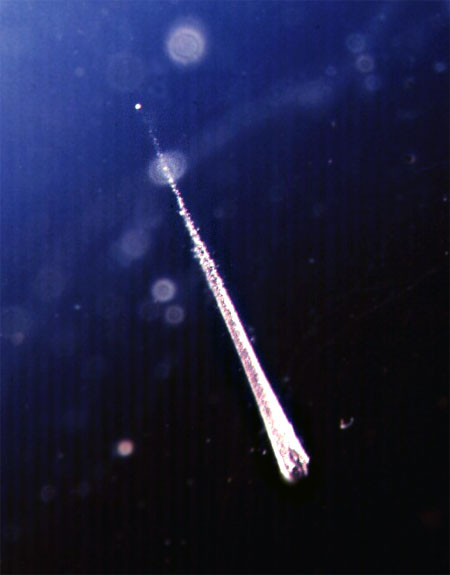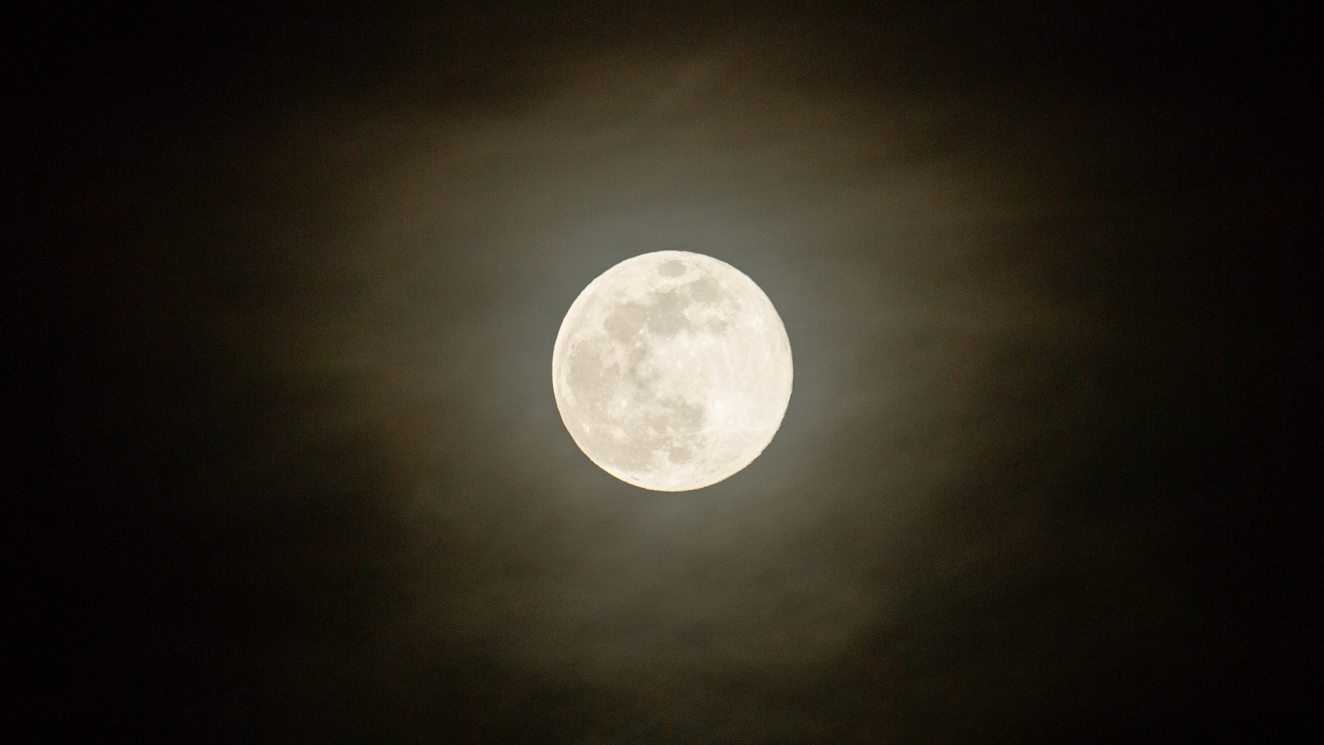Space Probe Brought Real Stardust Back to Earth

SAN FRANCISCO-Living up to its enchanting name, the Stardust mission has lugged back to Earth, well...real stardust, scientists announced today.
Several teams of scientists studied comet grains collected by NASA's Stardust spacecraft, some of which have revealed surprising results. In addition to discovering stardust, or particles older than the Sun, one group found material from the hottest part of the solar system.
"We're doing things no one ever imagined we could do, even at the time we launched the mission," said Donald Brownlee of the University of Washington, who led the Stardust mission. "We've taken a pinch of comet dust and are learning incredible things."
The teams announced their findings here today at the annual fall meeting of the American Geophysical Union. The work will be detailed in the Dec. 15 issue of the journal Science.
Magic dust
NASA's Stardust spacecraft was launched Feb. 7, 1999. On Jan. 2, 2004 it sped through the tail of comet Wild 2 at 15,000 mph (24,140 kilometers per hour)-more than six times faster than a speeding bullet. For 15 minutes, the probe extended its sponge-like collector. On impact with the collector, the tiny particles burrowed into the specially designed "aerogel," creating carrot-shaped tracks [image].
After the sample return capsule's landing on the Utah salt flats on Jan. 15, 2006, scientists extracted particles-each much smaller than a grain of sand-sliced them up and doled them out to 50 labs around the world for analysis.
Breaking space news, the latest updates on rocket launches, skywatching events and more!
One such lab study, led by Kevin McKeegan of the University of California, Los Angeles, analyzed the chemical makeup of 11 samples. One particle, in particular, was a gem.
Material that originates in our solar system has a distinct chemical mark of oxygen isotopes. Oxygen can have three different masses, depending on the number of neutrons in its nucleus. Whereas stuff of the solar-system variety contains thousands of times more of the lightest isotope, one of the comet samples had 150 percent more of a heavier oxygen isotope than would be expected for material in the Sun's neighborhood.
"It tells us it didn't come from here," said co-researcher Frank Stadermann of Washington University. "As it turned out, the one and only stardust particle in all of the analyzed comet samples was found right here in the St. Louis lab."
The grain's composition indicated it formed before our solar system existed. "This is the one and first particle of this type that we have found in a comet," Stadermann told SPACE.com.
Cosmic freezer
Another group of scientists discovered material from the hottest part of the solar system, inside of Mercury's orbit. The finding suggests that contrary to popular belief, there was enough mixing in the early solar system to transport material from the Sun's sizzling neighborhood and deposit it in icy deep-space comets like Wild 2.
Brownlee likens this phenomenon to the solar system partially turning inside out, with material close to the Sun traveling to the edge of the solar system as the planets were born.
"Many people imagined that comets formed in total isolation from the rest of the solar system. We have shown that's not true," Brownlee said.
The scientists will continue to probe the tiny grains. "The preliminary examination of the comet samples is only the first step and it is clear that we will continue to study such samples for years to come," said co-researcher Christine Floss, also of Washington University. "There are so many questions about the early solar system for which the answers are still hidden in these tiny dust particles."
- Image Gallery: Comets
- Image Gallery: Welcome Back: Stardust Returns Home
- Image Gallery: Deep Impact Collides With Tempel 1
- Space Missions: Chasing Comets and Asteroids
- Full Circle: NASA's Stardust Probe Returns Home with Comet Samples

